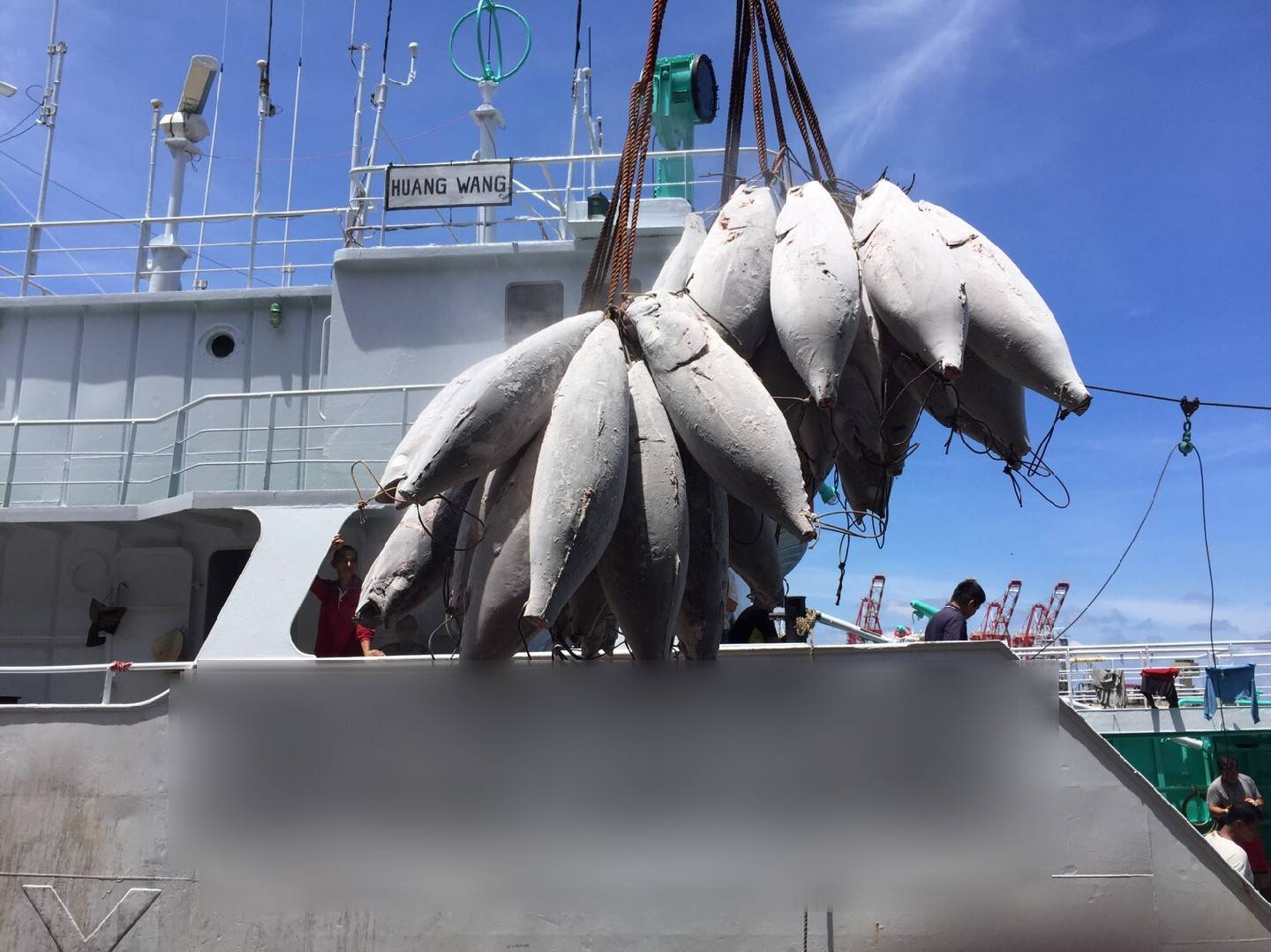●Background
With more and more attention paid on environmental protection issues in the international society, consumers begin to care about whether the fisheries products they are going to buy are originated from sustainable fisheries that would not cause irreversible impacts to the natural environment. In order to mitigate fisheries impacts to marine fisheries resources and ecological environment, the international society has endeavored to seek various solutions, such as the adoption of harvest rules, limit of fishing quota and certification of eco-labels. Among which, eco-labeling is one of the most popular approaches in recent years.
Eco-labeling is a market-based measure for sustainable fisheries. It is certified by independent non-governmental certification bodies, in accordance with the standards set forth by eco-label organizations with public credibility, to the producing environments and approaches of the fisheries products that voluntarily join the program. Certified fisheries products may be tagged with the eco-label, to prove that these fisheries products are produced in a sustainable and environmental-friendly manner. In this way, consumers may easily recognize the origins of fisheries products before their purchase, and support the fisheries products certified with sustainable standards with market force. At present, there are many famous marine eco-label in the international society, including Dolphin Safe, Friends of the Sea (FOS) and Marine Stewardship Council(MSC).
However, with the strict and unified standards of the eco-labels, they may not be easy to apply to all kinds of fisheries with different characteristics. Thus, although there are many fisheries intend moving toward to sustainable fisheries, they still have difficulties to be certified with eco-label, due to factors such as the limited conditions of fisheries and expensive cost. In order to encourage various fisheries to operate with the concept of sustainable development, an alternative approach named Fisheries Improvement Project has been developed for all fisheries with such objective, to improve its own fishery in a progressive manner, with the ultimate target of sustainable fisheries.
●Fisheries Improvement Project (FIP)
The purpose of fisheries improvement project (FIP) is to work jointly toward to sustainable fisheries by all stakeholders, including fishermen, service wholesalers, processing plants, fish trade agents, fish product retailers, restaurants, food suppliers, non-governmental organizations and fishery management authorities.
Because there was no integrated format or standard in the early FIPs, it led to many wishing to engage in FIP ended up confused. As a result, Conservation Alliance, an NGO, published the first Fishery Improvement Guidelines in 2012. The aforementioned Guidelines were published in the hope that all fisheries within their limited capacity could move forward in a sustainable direction, so there was no strict standard in place. However, with more engaging in FIP, the Conservation Alliance felt the need to amend the Guidelines accordingly. Therefore, the Conservation Alliance revised its Guidelines multiples times from 2015 to 2021 as well as set up a FisheryProgress.org website with all FIP information worldwide, which made it more convenient to track, search and compare all FIPs for the auditor and the information-requesting party (e.g., the buyer and NGO), and in turn, enhanced the transparency of the FIP.
According to the aforementioned Guidelines, the key to successful FIPs include:
1. Introduce market forces to motivate participation from buyers, suppliers, restaurants, and the fishing industry (including the fishermen) to improve its fishery. Here, by participation, it means the funding required for the project or support of any kind, and/ or other dedicated work to carry out the Action Plan.
2. Participants should have determination for improvement (e.g. a signed memorandum of understanding).
3. Set improvement goals with a timeline as a reference for the auditor to decide whether to support this FIP.
4. Draw up Work Plan with an implementation schedule and budget and carry out the Plan accordingly to improve its weakness. The Work Plan is required to be made public whereas the budget is not.
5. When the FIP is carried out, its progress should be followed up every 6 months and every year and report its progress on implementation as well as make them available on the website so that the buyers and suppliers abroad can easily track its progress.
Furthermore, the Conservation Alliance engages with FIP at two levels, Comprehensive and Basic, the major difference is in its scoping. The assessment of Comprehensive FIP will be conducted by the MSC-certified authority (MSC or Marine Stewardship Council, currently regarded as the most credible ecolabel certification worldwide), with the aim of meeting the requirements set by the MSC as its improvement goal and it is mandatory to be audited by the MSC-certified authority every 3 years. For Basic FIP, its goal is to improve its weakness. It is only required to limit its scope and conduct assessment according to the MSC standards or its Environmental Rapid Assessment (still based on MSC standard), but it doesn’t need to meet the standard set by the MSC or to be evaluated regularly by the MSC-certified authority.
In addition to the standards above, at the request of the human rights advocacy group, FisheryProgess has taken into account all fishery-related international human rights requirements and published its Human Rights and Social Responsibility Policy in May 2021. The Human Rights and Social Responsibility Policy is intended to assist relevant FIP to identify and reduce the risk of depriving human rights and labor rights in its fishery and to make efforts and actions made on dealing with the said risks more transparent. The FIPs listed on the website are required to conduct human rights risk assessment and draw up a plan on improving the lack of the protection of human rights and labor rights and submit its progress report regularly.
.jpg)
